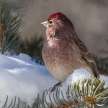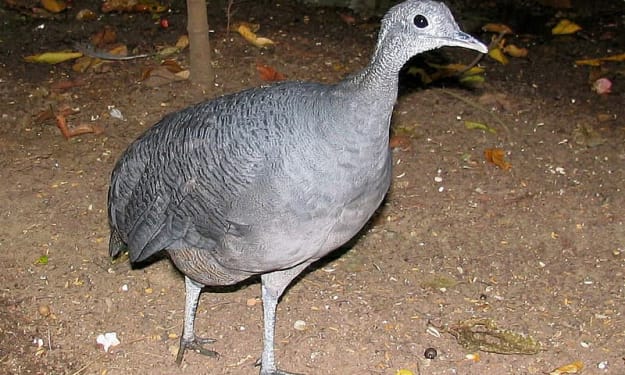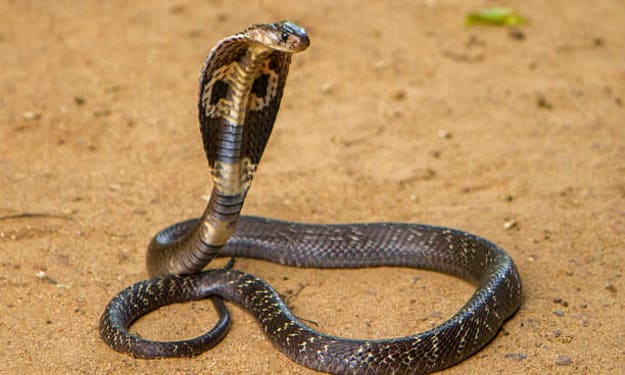
The great tinamou (Tinamus major) is a genus of woodland birds found in Central and South America. Many subspecies occur, sometimes differentiated by their colouration. Big tinamou is about 44 cm long, 1.1 kg in weight and height of a small turkey, and in shape. It varies from light to dark olive-green in colour with white throat and chest, barred black flanks, and undertail with cinnamon. Rufous crown and neck with occipital crest, and supercilium blackish. Its legs are blue- in colour. All these features allow great tinamou to be easily camouflaged in the rainforest understory. Both tinamous are of the tribe of Tinamidae, which are the closest living relatives of the ratites. Tinamous can float like ratites but in general they aren't fast fliers. The ratites adapted as prehistoric flying birds. The great tinamou is a polygynandrous species, and one with unique juvenile parental care. A male pair and lay an total of four eggs that he incubates before hatching. He cares for 3 weeks for the chicks before moving on to find another girl. In the meantime the female has abandoned egg clutches to other males. She will begin nests with five or six males during each breeding season, leaving all parental care to the males. The breeding season is long and lasts from mid-winter to late summer. The eggs are colourfully large, shiny, and bright blue or violet, and typically the nests are rough scrapings in the roots of the buttress trees. Except for sex, when a couple stays together until the eggs are laid, big tinamous gets bored and wanders the dark understory alone, catching berries, fruit and small animals including bugs, spiders, frogs and small lizards in the bush litter. They're especially fond of Lauraceae, Annonaceae, Myrtaceae and Sapotaceae. Great tinamou lives in subtropical and tropical forests at altitudes between 300 and 1,500 metres above sea level, such as rainforest, lowland evergreen woodland, river-edge woodland, swamp forest and cloud forest. The big tinamou, unlike some other tinamous, is not as much influenced by trees fragmentation. The nest could lie at a tree's base. The species is widespread across its large range, 6,600,000 km2 and was previously listed on the IUCN Red List of Threatened Species as the Least Concern. They are hunted without any significant effect on their people. The species was reclassified as Near Endangered in 2012, because its natural habitat is undistubated timber, due to the anticipated consequences of continuing deforestation. Great Tinamou is a large lowland tinamou forest across the Amazon Basin, from southern Mexico. As with other tinamous species, this species is usually recognised by voice. Its quavering and mournful, yet strong, song is often performed at dawn and dusk, and can carry a distance through trees. Birds forage the ground, flying in silence. They fly into the air and smash into the forest, like "cannon balls with heads and wings." Individuals roost at night over a branch or vineyard above ground, resting their weight on top of tarsi pads. The large-scale and strong, quavering song of The Great Tinamou separates it from the more sympatric tinamous lowland. It emits a loud, recognisable sound, with several pairs of trills and whistles, typically 1 to 4 notes: whi hoooor-oooo hooor-ooooo or whoo hooo. Slender cap, twisted slightly. Sooty-black Chestnut, or Crown. Rather slim nose, with little eyes. Upper sections are dark olive lined, and black-flecked. Black Head. Pale underparts, barred with black, and buffy on thighs and flanks. The eyes are deep brown. Males and females differ in size. Females bear more weight than males. Juveniles are more shadowy yet adult-like.
About the Creator
MB
I am a bird aficionado and really enjoy spotting them them on hikes. I greatly appreciate the variety of birds cross North America and the world. They are amazing and intelligent creatures, each so unique and with a wonderful life.






Comments
There are no comments for this story
Be the first to respond and start the conversation.